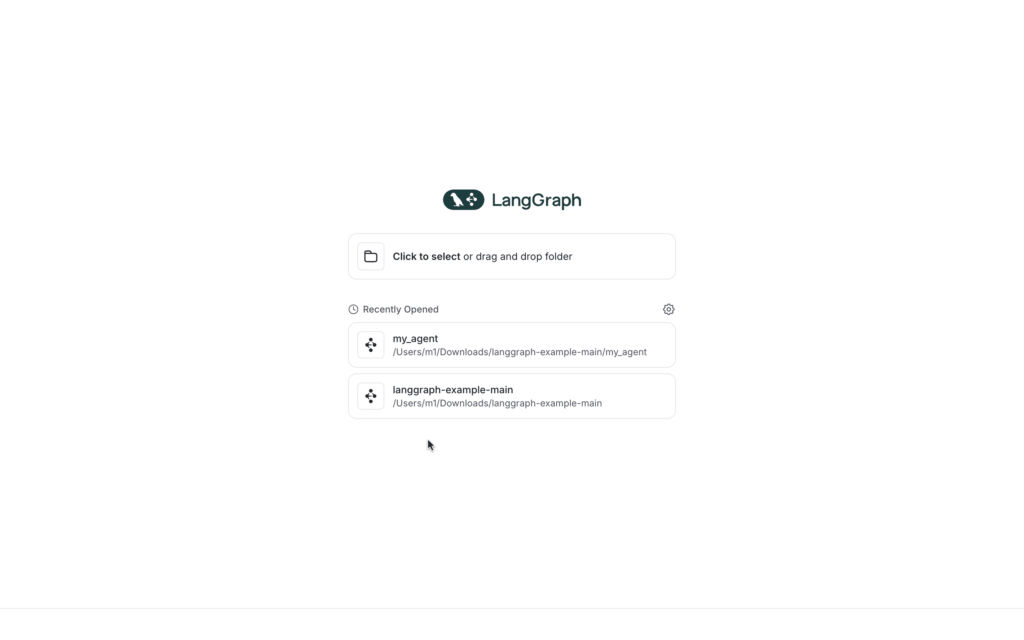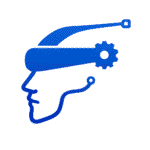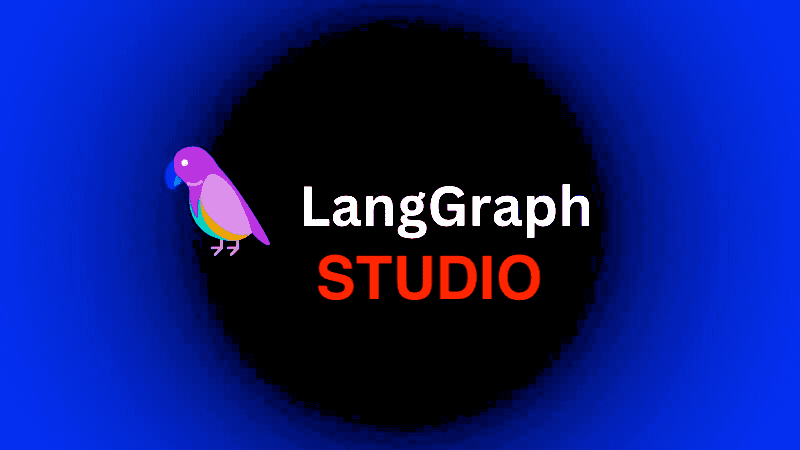Developing applications that use large AI models, known as Large Language Models (LLMs), can be challenging. Traditional tools like code editors are essential, but they may not be enough for these complex tasks. That’s where LangGraph Studio comes in. This tool makes it easier to see and interact with the different parts of your AI application, helping you to develop and improve it more efficiently.
In this article, we will explain what LangGraph Studio is, why it’s useful, how you can set it up, and how to start using it.
Table of Contents
- What is LangGraph Studio?
- Why Use LangGraph Studio?
- How to Get Started with LangGraph Studio
- Visualizing and Interacting with Your AI Application
- Key Features of LangGraph Studio
- Summary
- Frequently Asked Questions (FAQs)
What is LangGraph Studio?
LangGraph Studio is a desktop app designed to help you work with AI applications in a visual way. It allows you to see the different steps your AI takes when making decisions, making it easier to understand and improve your application.
Why Use LangGraph Studio?
Building applications with LLMs is different from traditional software development. You need more than just a regular code editor. LangGraph Studio provides a visual interface that lets you see how your AI works and allows you to make changes easily. This can save you time and make your work more efficient.
How to Get Started with LangGraph Studio
Download and Setup

Download
You can download the tool by referring to the official LangChain/LangGraph website.
Setup
Before using LangGraph Studio, make sure you have Docker installed and running, as it requires Docker Compose version 2.22.0 or higher.

Step 1: Set Up Your Project
To use LangGraph Studio, you need a project with a LangGraph app set up. Here’s how to do it:
- Clone the Example Repository:
For this example, we will use a repository that manages dependencies with arequirements.txtfile:
git clone https://github.com/langchain-ai/langgraph-example.gitIf you prefer using a pyproject.toml file to manage dependencies, clone this repository instead:
git clone https://github.com/langchain-ai/langgraph-example-pyproject.git- Create an Environment File:
Next, create a.envfile with the necessary environment variables:
cp .env.example .envOpen the .env file and fill it with the relevant API keys for OpenAI, Anthropic, and Tavily.
If these keys are already set in your environment, you can save them to the .env file with the following commands:
echo "OPENAI_API_KEY=\"$OPENAI_API_KEY\"" > .env
echo "ANTHROPIC_API_KEY=\"$ANTHROPIC_API_KEY\"" >> .env
echo "TAVILY_API_KEY=\"$TAVILY_API_KEY\"" >> .envNote: Do NOT add a LANGSMITH_API_KEY to the .env file. This will be automatically handled when you log in, and setting it manually could cause errors.
Step 2: Open Your Project in LangGraph Studio
After setting up your project, you can open it in LangGraph Studio and begin using the tool to visualize and interact with your AI application.

Visualizing and Interacting with Your AI Application
LangGraph Studio allows you to see a visual map of how your AI makes decisions. This makes it easier to understand what’s happening at each step.
Interact in Real-Time
As your AI runs, LangGraph Studio will show you each step in real-time. You can see what decisions it’s making, what tools it’s using, and what actions it’s taking.
Make Changes on the Fly
If your AI isn’t doing what you want, you can pause it, make changes, and then continue running it. This feature makes it easier to fix problems and improve your AI quickly.
Key Features of LangGraph Studio
- Visual Interface: See a clear map of your AI’s decision-making process.
- Real-Time Interaction: Watch your AI make decisions and take actions as they happen.
- Pause and Edit: Stop your AI, make changes, and continue running it without starting over.
- Code Integration: Update your AI’s underlying code and instantly see the changes in LangGraph Studio.
Summary
LangGraph Studio is a helpful tool for anyone building AI applications. It allows you to visualize and interact with your AI’s decision-making process, making it easier to develop and improve your applications. Whether you’re new to AI or an experienced developer, LangGraph Studio can make your work simpler and more effective.
Frequently Asked Questions (FAQs)
1. What devices can run LangGraph Studio?
Right now, LangGraph Studio is available for Apple Silicon devices. Support for other devices will be added soon.
2. Do I need a LangSmith account to use LangGraph Studio?
Yes, you need a LangSmith account to log in and use LangGraph Studio. Free accounts are available and give you access during the beta phase.
3. Can I change how my AI works while it’s running?
Yes, you can pause your AI, make changes, and then keep running it. This makes it easy to fix problems or try new ideas.
4. What files do I need to use LangGraph Studio?
You need a Python file with your AI’s graph and a langgraph.json file that tells LangGraph Studio how to set up your AI.
Thanks for your time! Support us by sharing this article and explore more AI videos on our YouTube channel – Simplify AI.


Leave a Reply